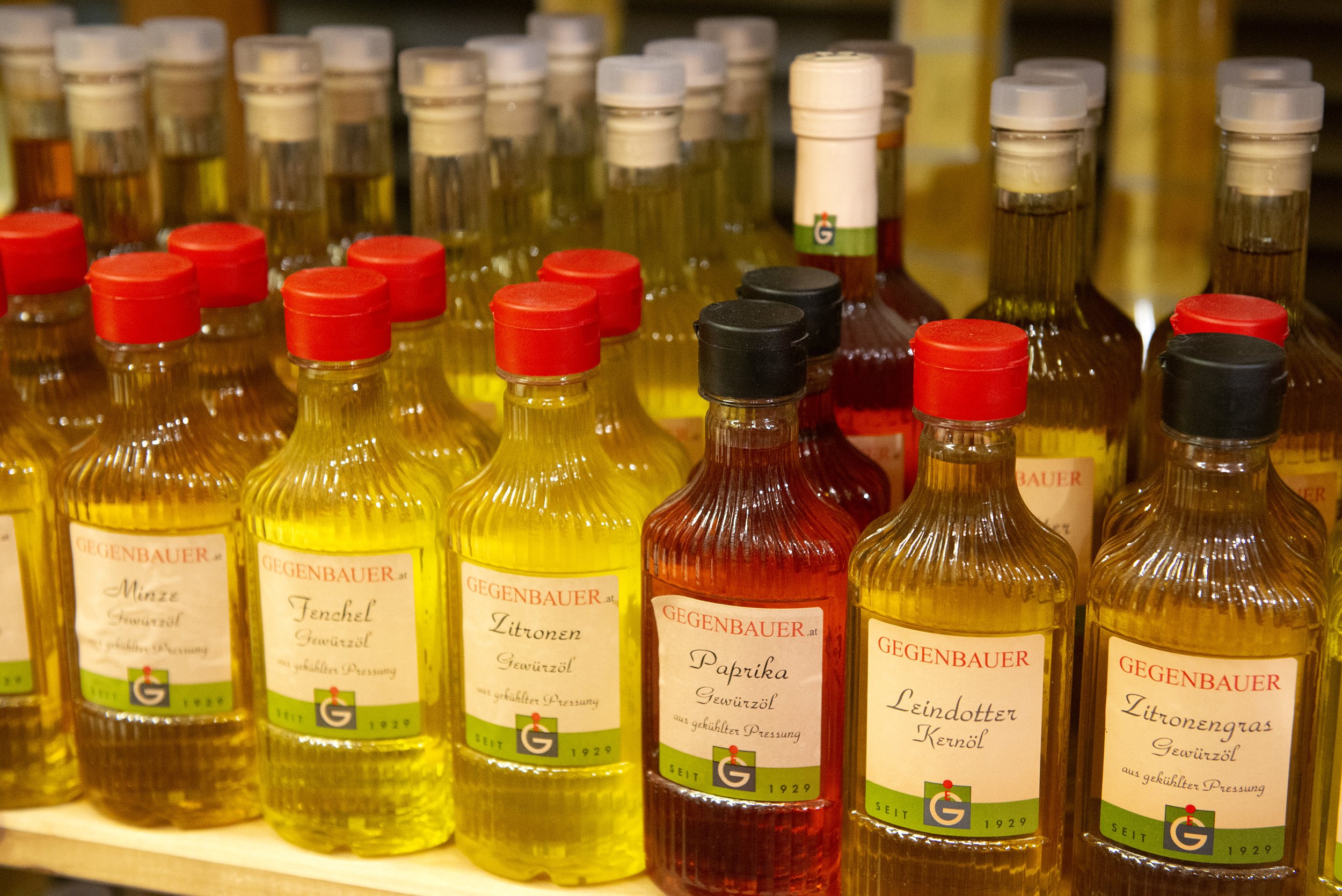Does Vinegar Have Terroir?
If you open a bottle of sherry vinegar will you be swept away to Jerez in the south of Spain, surrounded by Moorish fortresses from the Middle Ages and sat in the front row for flamenco song and dance? Will a bottle of balsamico transport you to Emilia Romagna’s ancient city of Modena — Italy’s land of slow food (Parmigiano Reggiano and prosciutto) and fast cars, including Ferrari, Lamborghini and Maserati?
Lovers of wine believe that it has the ability to transmit terroir, that is, a sense of the place—the weather, soil, exposure, etc. — where the grapes are grown. This only begs the question: If vinegar is seemingly wine once removed, shouldn’t it be able to express terroir, too?
The first person who came to my mind when considering the terroir of vinegar was the colorful and quirky Erwin Gegenbauer. We met years ago on a trip to his hometown of Vienna, Austria. Obviously, Vienna has long been a European hub for classical music and philosophy, home to such geniuses as Mozart, Beethoven and Sigmund Freud. Of a more recent generation, vinegar maker Gegenbauer has been steeped in food and thought there for decades. At his Wiener Essig Brauerei (Viennese vinegar brewery) Gegenbauer creates stunning sweet white Trockenbeerenauslese and red Zweigelt Spätlese wine vinegars from Austrian grapes, alongside more whimsical bottlings made from fruits and vegetables.
“Of course vinegar has terroir,” Gegenbauer told me emphatically.
Gegenbauer is a meticulous sourcer: Quinces (for his quince vinegar) come from the Wagram, an area east of the Wachau, a famous white wine region in Austria that yields the country’s iconic Grüner Veltliner. Raspberries are from the Wienerwald woods west of Vienna, elderberries from the Weinviertel, north of Vienna, and tomatoes from Burgenland, to the east. “I harvest blueberries from the nearby mountains 1600 meters above sea level, where the cold nights give the fruit its special sweet tart flavor because of its higher levels of acidity that differ from mass market fruit grown in hotter areas,” Gegenbauer expounds.
All the vinegar making happens in Vienna, but Gegenbauer doesn’t want his imagination limited to only Austria — yet that’s where they all take shape. “Our Sweet Date Vinegar — a balsamic — comes from an oasis of Algeria, harvested by Berbers. Figs are from the Bodrum area in Turkey, and the grapes for his famed Noble Sour PX are from Andalusia, Spain,” home to sherry.
Across the Atlantic Ocean, another vinegar maker works in the same vein — globally inspired, locally-made. Jean-Francios Pelchat, of La Villa Vinaigres & Jardins, calls Quebec home, and his vinegars are inherently Canadian. He asks himself all the time, about whether terroir transposes itself in vinegar? “Around 2010, following the rise of Bordic gastronomy with noma and Fäviken, a lot of chefs in Quebec started rethinking their [local] cuisine, some going as far as kicking citrus out of the kitchen,”. Vinegars in Quebec were mostly apple cider or white vinegar — Pelchat set out to change that.
Indigenous fruits, honey from nearby hives, are steps that Pelchat made to take a more localized look at the flora that surrounded him, giving way to his nuanced line of vinegars. Metis (wisdom in Latin) is made with rose, alder pepper & elderberry. Renart (a cunning fox), wild cherries of the region. Minashkuat (which in the Innu-aimun language means “in the forest”), a maple and conifer vinegar is inspired by the forest that surrounds Pelchat’s property — “it’s made from organic maple syrup I get from a family farm a few minutes away — and I harvest most botanicals (larch branches, eastern cedar leaves, spruce and balsam fir shoots, alder pepper, wild mushrooms) within a few hundred feet from the building”. But for Pelchat, terroir isn’t just about terrain, some technique is also required.
“I live in a place where winters are long and sometimes extremely cold. I use it to my advantage, and it allows me to pack an insane amount of berries in a liter of vinegar without cooking the must,” Plechat says. For his Pleiades, Pelchat uses what is known as “cryoconcentration,” by which he freezes the juice from a smattering of berries (wild cherries, highbush cranberries, elderberries, blackcurrants, wild blueberries, strawberries, raspberries) in order to extract a super juice of sorts., and puts them through a pseudo-balsamic process — except it involves cryoconcentration as opposed to cooking the fruit down to a syrupy state first. As the liquid is thawed, what first flows is a highly concentrated juice, and what is left at the end is loosely agglomerated ice, frozen water molecules.
I know of traditional-style balsamic vinegars being made in New Mexico and North Dakota, topographically separate, but both adhere to similar production beliefs as do the Modenese. But does being worlds apart really change the nature of it?





